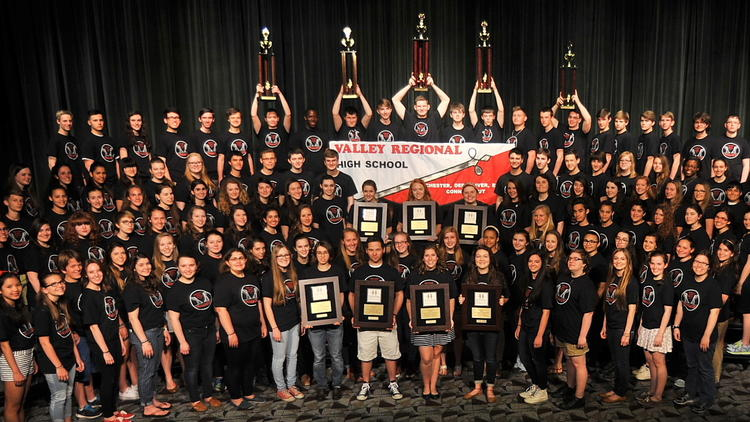– Kenneth Best – UConn Communications
When the award-winning vocal ensemble Roomful of Teeth performs in J. Louis von der Mehden Recital Hall on Feb. 10 at 8 p.m., it will be as unique an experience for the group as for the audience.
Roomful of Teeth is both a Grammy and Pulitzer Prize-winning group of classically-trained musicians who perform unconventional music. They will perform with UConn students in the Concert Choir, Wind Ensemble, and Symphony, completing a Sackler Artist-in-Residency that began last fall when the group met with music and art students on the Storrs campus.
“This is probably more involved than we’ve ever been at a single institution,” says Brad Wells, founder and artistic director of Roomful of Teeth, who is also director of the choral program at Williams College in Massachusetts. “Usually we work with composers or singers [on a campus]. To have this kind of rich, multifaceted, and multipart residency is very rare and exciting.”
In addition to meeting with students in Department of Music classes taught by Jamie Spillane ’87 MM, director of choral studies; Kenneth Fuchs, professor of music composition; and Jeffrey Renshaw, coordinator for conducting and ensembles; and with Harvey Felder, director of the Symphony Orchestra, the vocalists also met last fall with a painting class taught by Kathryn Myers, professor of painting, whose Aqua Media class this semester is creating paintings inspired by the music of Roomful of Teeth.
The student art will be on display in the Arena Gallery in the Art and Art History Department building behind von der Mehden on Feb. 10. The performance will also include a work written by a student in Fuchs’s music composition class.
